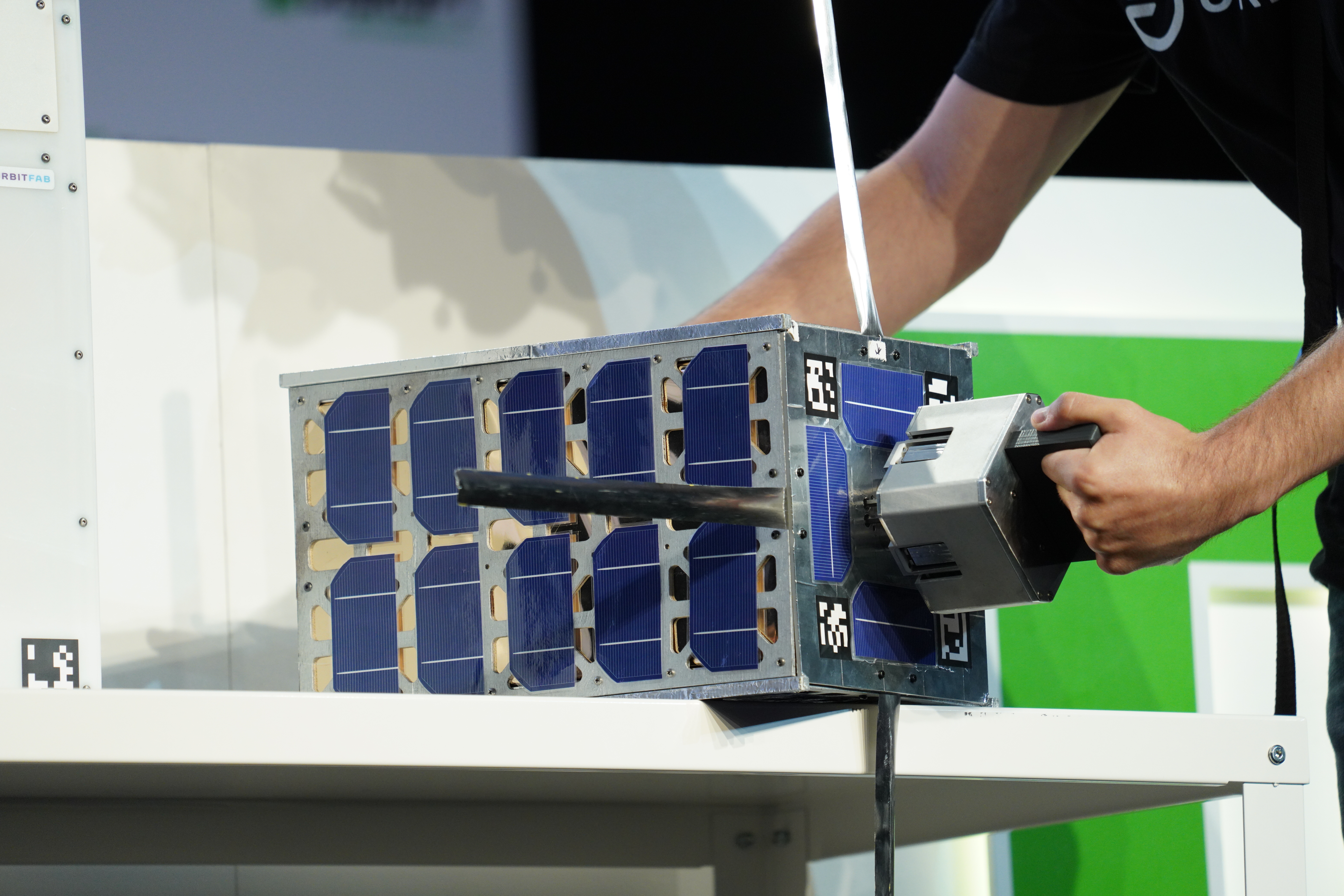
SpaceX’s massive Starship rocket could take to the skies for the fourth time on June 5, with the primary objective of evaluating the second stage’s reusable heat shield as the vehicle tries to safely reenter the atmosphere for the first time.
CEO Elon Musk“ said on his social media platform X that “There are many tough issues to solve with this vehicle, but the biggest remaining problem is making a reusable orbital return heat shield, which has never been done before.”
His post echos comments he made earlier this month when he noted that the primary goal of the next Starship test was “getting through max reentry heating.”
That means the second stage’s novel heat shield, composed of around 18,000 ceramic hexagonal tiles, will be put to the test. Those tiles are designed to protect the second stage (which is also called Starship) from the extreme temperatures experienced when reentering Earth’s atmosphere. One of the biggest issues, Musk suggested, is the vulnerability of the system overall: “we are not resilient to loss of a single tile in most places,” he said. That means a single damaged or faulty tile could lead to catastrophe.
As Musk noted in his post, surviving reentry is just one part of the puzzle. The company will also need to establish an “entirely new supply chain” for the high-performance heat shield tiles, and manufacture them at a very high volume.
It’s a tough problem, but solving it would move them closer to the holy grail of launch vehicles: full reusability. SpaceX made major headway in reusability with its workhorse Falcon 9 rocket — which has flown 56 times so far this year alone — but although the company recovers the booster, the second stage is expended in its target orbit. By reusing both stages of the rocket, SpaceX is hoping to drive down costs to a fraction of what they are today, all while delivering many orders of magnitude more mass to orbit in a single launch. (SpaceX’s Transporter ride-share missions cost $6,000 per kilogram.)
If all goes to plan, the company will demonstrate the ability to return Starship to Earth via a controlled reentry and a soft splashdown in the Indian Ocean. SpaceX is also aiming to return the booster, called Super Heavy, also via ocean splashdown. And it will get on step closer to bringing the largest and most powerful launch system every built online, ready to transport cargo and eventually crew to Earth’s orbit and beyond.
This next Starship launch will be the fourth in a series of orbital flight tests that kicked off last April. Before the launch can move ahead, SpaceX must receive a commercial launch license from the U.S. Federal Aviation Administration, the agency responsible for regulating commercial launch operations. The FAA also oversees investigations into rocket launches that go awry for any reason, and so it’s been working closely with SpaceX throughout the Starship test campaign.
And the previous Starship launches have certainly gone awry: the first two ended in fiery mid-air explosions, and the third concluded when both Super Heavy and Starship likely disintegrated before hitting the ocean. But for SpaceX, which takes an iterative approach to hardware development, each test was ultimately a success because they furnished engineers with data on the rocket in a real-world flight environment. And it’s true that each mission has gone farther than the one previous: during the third flight, the engines pulled off full-duration burns as the vehicle ascended, and Starship ultimately reached orbit for the first time.
Eventually, SpaceX aims to land both the Super Heavy booster and Starship second stage at its launch facility in southeast Texas, where they can be rapidly refurbished and returned to the pad.


